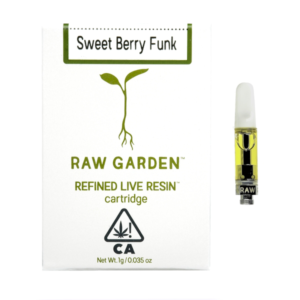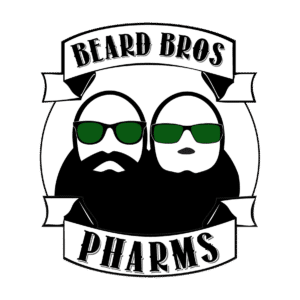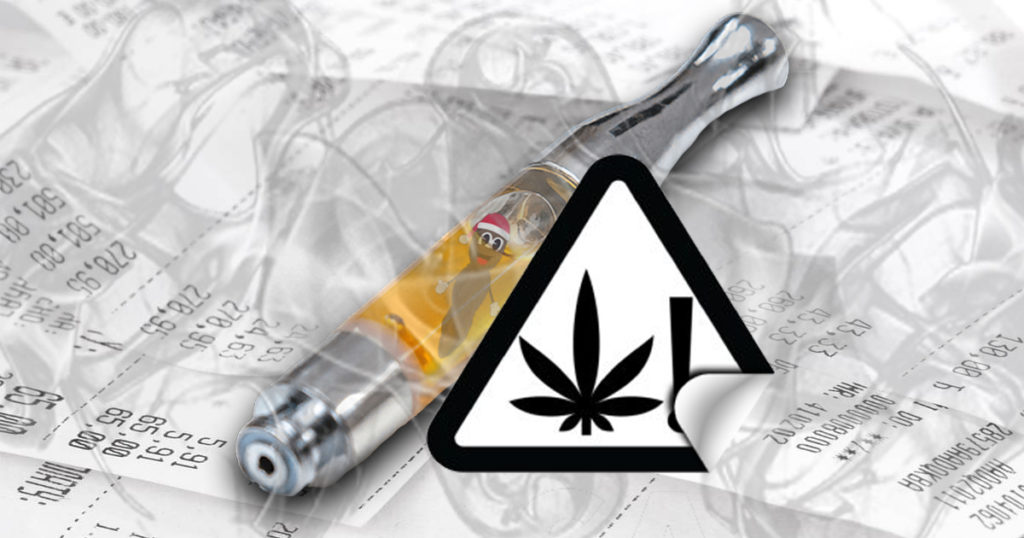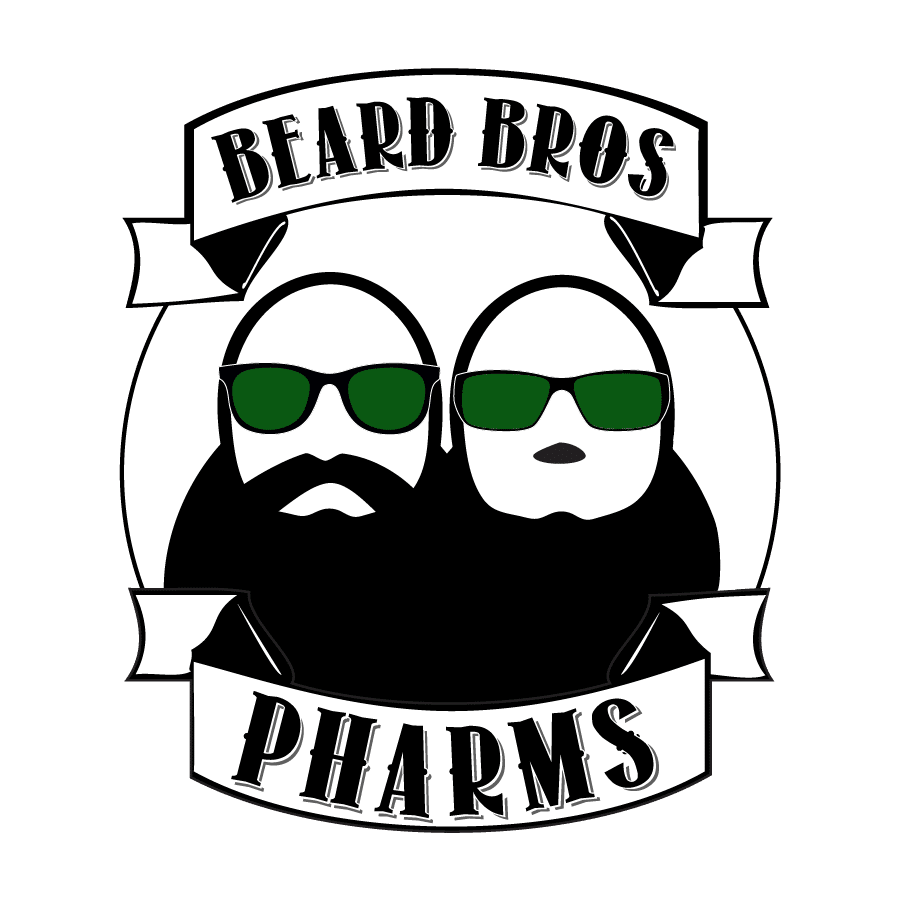
When Election Day arrives in November, it will mark the 4th anniversary of the passage of Prop 64 here in California, the legislation that put the final nail in the coffin of the infamous Prop 215 medical cannabis era and ushered in the new adult-use recreational cannabis market of today.
Many California voters thought they were voting for “legal weed” four years ago but there is a multibillion-dollar difference between “legal” versus taxed & regulated which is what we have now.
The taxes, as we all know, are crippling the regulated market, adding 30% or more to the bottom line for retail customers, as well as hammering multiple operators along the supply chain.
Regulations, however, are a mixed bag. This is the case in all industries and markets. Some regs are necessary, such as maintaining a level playing field through third-party lab testing or prohibiting the use of dangerous pesticides. But some are overbearing, costly, and downright detrimental to companies’ attempts to appeal to the grassroots culture from which they came.
A perfect example of the latter are the rules that govern how cannabis products are packaged here in Cali. We can write (and have written) thousands of words on the unnecessary waste being created by these out of touch regs, or how the mandate for childproof packaging is not only limiting design options, it’s just ridiculous and not needed, but those are rants for another day.
A recent headline got us thinking that a lot of cannabis labeling and packaging, while intended to be as informative as possible for the consumer, might as well be written in an alien language for many people. So, this article will break it all down and teach you How To Understand Cannabis Packaging & Get What You Want
THE RAW DEAL
You may have caught the headline on our Instagram feed this past week stating that a class action suit has been filed against the often imitated Raw Gardens cannabis brand by consumers claiming that they feel duped by the packaging.
 Long story short, Raw Gardens has trademarked the term “Refined Live Resin” which appears on the packaging for their hyper-popular vape cartridges.
Long story short, Raw Gardens has trademarked the term “Refined Live Resin” which appears on the packaging for their hyper-popular vape cartridges.
Since top-shelf Live Resin from reputable brands can cost $50-100 per gram, the price point of Raw Gardens carts alone should have been a red flag for consumers thinking that’s what was inside, if the flavor and effects hadn’t already given it away.
Apparently, though, some people didn’t know that “Refined live Resin” was and is just a marketing term cleverly used by Raw Gardens to both describe what they feel is a superior extraction process and maybe possibly perhaps trick a custy or two into buying into the hype.
Nowhere in the regulations does it say that a brand like Raw Gardens must use specific terminology on the packaging to describe exactly what process they used to create the oil that fills their carts. In an industry founded by slang terminology, that leaves a lot of wiggle room.
The discussion about this form of marketing or the validity of the impending class action suit seems to fall for the most part into one of two camps: people either say “damn that’s some shady advertising, but custies should have known”, or “damn that’s clever, but custies should have known”. Either way, the people who feel ripped off by Raw Gardens are not getting much sympathy.
The larger problem is, there are thousands of people who leave licensed dispensaries feeling ripped off every day in this state after buying the wrong products based on bad budtenders and poor packaging.
Even without a global pandemic, California made it difficult to decipher the dank from the ditchweed by taking away the massive jars of buds and the scales on the counter and forcing the market into pre-packaged products that cannot be sniffed or eyeballed like we’ve all been raised doing.
These days, you’re lucky if you get to touch the package itself before you buy it but if you do get your hands on it, there are some specific things you ought to focus on.
Here is how to understand cannabis packaging and get what you want.
TERMINOLOGY
Cannabinoids – not just CBD or THC, there are hundreds of these chemical compounds in each cannabis plant in varying ratios from cultivar to cultivar. Some strains make you clean the house and others make you take a nap – you can thank cannabinoids for that!
Concentrate/Extract/Hash – Highly potent mass of cannabinoids and terpenes stripped from a cannabis plant
 Distillate – The most common base ingredient for the vast majority of vape pen cartridges on the regulated market. Using lab-grade equipment, licensed manufacturers can spin golden cannabis oil out of the most suspect trim, larf, leaf, or even crude, nasty cannabis oil. Most distillate is devoid of flavor due to the process used to create it, so artificial or store-bought terpenes are typically reintroduced to create knockoffs of classic cultivars like Strawberry Cough, or Jack Herer, or OG Kush. Not all distillate is trash, to be clear, but if Raw Gardens wrote “Distilled Live Resin” on the box, it would have given the game away a lot faster
Distillate – The most common base ingredient for the vast majority of vape pen cartridges on the regulated market. Using lab-grade equipment, licensed manufacturers can spin golden cannabis oil out of the most suspect trim, larf, leaf, or even crude, nasty cannabis oil. Most distillate is devoid of flavor due to the process used to create it, so artificial or store-bought terpenes are typically reintroduced to create knockoffs of classic cultivars like Strawberry Cough, or Jack Herer, or OG Kush. Not all distillate is trash, to be clear, but if Raw Gardens wrote “Distilled Live Resin” on the box, it would have given the game away a lot faster
Edible – The common term for anything that is meant to be eaten or ingested in order to consume the cannabinoid content it is infused with
Flower – weed, buds, nugs…
Live Resin – Directly after harvest, plants are chopped and flash-frozen fresh on the stalks and sent for immediate processing into hash oil. There are many variations of the process that result in different products like diamonds, sauce, shatter, budder, and more but the end result should be a fully purged, clean, flavorful, and POTENT product ready to dab on a fresh quartz banger or fill into a high-end vape cart
Live Rosin – Directly after harvest, plants are chopped and flash-frozen fresh on the stalks and sent for immediate processing into hash. Using ice, water, and gentle agitation those fresh dank buds are mechanically separated from their bulbous trichomes and high-quality water or bubble hash remains. Take that and squish it in a high-grade rosin press and the result is “solventless” Live Rosin
Terpenes – Not only do these amazing compounds deliver the unique aromas and flavors that we love about different cannabis strains, but we are now discovering just how crucial of a role that they play in overall wellness and the full spectrum entourage effect as well
Tincture – Consumable fluid highly concentrated with cannabinoids. Typically ingested sublingually for maximum effect
Topical – Any cannabis-infused product meant to be applied directly to the skin. Properly decarboxylated cannabinoids will be able to pass the epidermal layer and enter the bloodstream naturally.
* You’ll notice that we don’t list the word ‘refine’. That’s because it is, as Raw Gardens uses it, more of a general marketing term that can be widely used to imply purity or a safe product. It is important to identify words and terms like that and recognize them as tugs at your wallet or purse.
UNDERSTANDING CANNABINOIDS, ETC.
Anyone who has heard of cannabis has heard the term THC, and CBD is popping up pretty much everywhere you look these days, but the fact is that there are over 100 known cannabinoids found in the cannabis plant, each providing a different effect and each working in harmony with the others to deliver the full spectrum “entourage effect” that most cannabis consumers are seeking… whether they realize it or not.
This is why making a purchase based solely on THC or CBD totals is rarely, if ever, in your best interests. Instead, look for Total Cannabinoids. A lot of times, cannabis packaging doesn’t have ample space to list each cannabinoid present in trace amounts, but they’ll almost always give you THC and CBD. Subtract those numbers from the Total Cannabinoids and you at least have a rough idea of what’s leftover for other important compounds like CBG, or Acids (CBDa / THCa) for example.
It is also important to remember that a true “full-spectrum” cannabis product will not only be packed with a variety of cannabinoids, but with terpenes and flavonoids as well. Terps aren’t just for flavor and aroma – they too have distinct wellness benefits and play a significant role in the entourage effect.
 This is where Raw Gardens tried to walk a fine line with the “Refined Live Resin” term – which was not just used on their vape carts.
This is where Raw Gardens tried to walk a fine line with the “Refined Live Resin” term – which was not just used on their vape carts.
For most budtenders and seasoned cannabis consumers, “Live Resin” is known as pretty much any solvent-based extraction of “fresh frozen” cannabis that was processed directly after harvest rather than after cure.
When done properly, yes the THC total will be higher in Live Resin than it was in the flower it came from since it is concentrated, but it should be accompanied by a posse of companion cannabinoids as well as a mouthwatering array of terpenes pulled directly from the strain being processed.
It’s that inclusion of the word “Refined” that has customers at odds with Raw Garden now with accusations that the company is simply making distillate and reintroducing non-native terps to the final product to distinguish between “strains”.
Defenders of the brand are saying that the difference between Raw Gardens’ products and standard hot dog water vape carts is that they are distill… errr…. refining higher quality Live Resin as opposed to the nasty crude cannabis oil used in many low to midgrade vape carts.
The solution is to read the label on the package before you buy anything. Since the state leaves the regs pretty vague when it comes to disclosing things like cannabinoid content, demand answers from your budtender or even reach out to the brand directly via social media and ask for clarification. All products on the shelves at legal, licensed dispensaries must have been lab-tested in detail and all of that information is available.
CONSUMPTION METHOD
Labeling and packaging begins to vary a bit more once you get away from just smoking weed (flower), and into some of the alternate forms of consumption like vaping or dabbing, munching on edibles, absorbing a tincture, or applying a topical product.
For example, while you might buy a 1/8th ounce jar of cannabis flowers that says it contains 28% THC, if you add a cannabis-infused edible to your order you’ll notice that its potency is advertised differently.
Instead of a percentage of THC, edibles like cookies, brownies, candies, etc. typically offer a Total Mg of THC figure, leaving it up to the customer to dial their consumption into their desired level of effects.
Knowing your preferred method of consumption before you enter the store can help you and your sales associate home in on exactly what type of products might suit you best.
For example, if all you plan to do is eat edibles, you don’t really need to concern yourself with what cultivar was used to make the infused butter, or what effects the Myrcene terp has on the overall high.
As a rule of thumb, our preferences go something like this:
Flower – If we are looking for some good weed, we want HIGH Total Cannabinoids. We want a HIGH and diverse terpene profile. We look for brands that we have heard of and know that we can trust.
Concentrate/Extract/Dabs/Hash – Same as above, boosted.
Edibles/Tinctures – Since most (or all) terps will be vaporized in the cooking process used to create many edibles, we tend to seek out delicious, shelf-stable treats jam-packed with a diverse and concentrated spectrum of cannabinoids. We apply the same logic for tinctures, but without the delicious part 😉 a true full-spectrum cannabis tincture might not taste great but damn it is some powerful medicine.
Topicals – Sort of the same outlook as we have on tinctures. We have seen incredible results from cannabis meds applied topically via creams, lotions, salves, and balms. Again, we stress that it’s not just THC or just CBD providing these life-changing results, it is the full plant spectrum.
ASK QUESTIONS, DEMAND ANSWERS, KNOW YOUR SOURCE
 Most of the mandated information on the average cannabis label here in California is useless. From the government warning (MUST BE BOLD IN ALL CAPS) to their pointless authentication logo that showed up on street market mylars the next day, even if one knows what to look for, they often still won’t find it on the jar of flowers or bag of edibles they are staring at.
Most of the mandated information on the average cannabis label here in California is useless. From the government warning (MUST BE BOLD IN ALL CAPS) to their pointless authentication logo that showed up on street market mylars the next day, even if one knows what to look for, they often still won’t find it on the jar of flowers or bag of edibles they are staring at.
This is the time to hold budtenders, and the dispensaries that they represent, accountable. If they can’t answer your questions, ask to see the lab results for the products. If they won’t offer to provide them – red flag. They had to get those results from the distributor in order to put the product on the shelf.
Of course, these days it is (or should be) easier than ever to go straight to the source. Almost every reputable brand has a presence on social media and/or a helpful website. Hell, one brand even has the most badass weekly email newsletter in the universe, but who are we to brag?
Reach out to them. Tell them what you are looking for and odds are they’ll point you in the perfect direction. We do it all the time.
Cannabis packaging sucks. Cannabis labeling sucks. A lot of the cannabis inside of it sucks. But there are some really good jars of weed and cannabis products on those shelves, grown and manufactured and sent up the supply chain by some of the coolest folks in the grassroots cannabis culture if you know what to look for.
We hope this helps!
Most Popular News Posts
- Glassblowing is Not a Crime But That Wasn’t Always the Case – A Look Back at Operation Pipe Dreams
- A Brief 50,000 Year History of Our Relationship with Psilocybin Mushrooms
- How to Middleman a Goddamn Motherf*ckin’ Hemp Biomass Deal
- Study Uncovers Traces of Xanax in 72% of Blood Samples Yet We Still Have to Fight For Cannabis Rights





